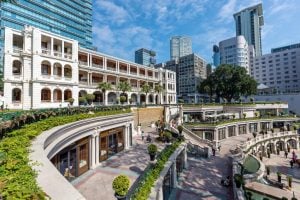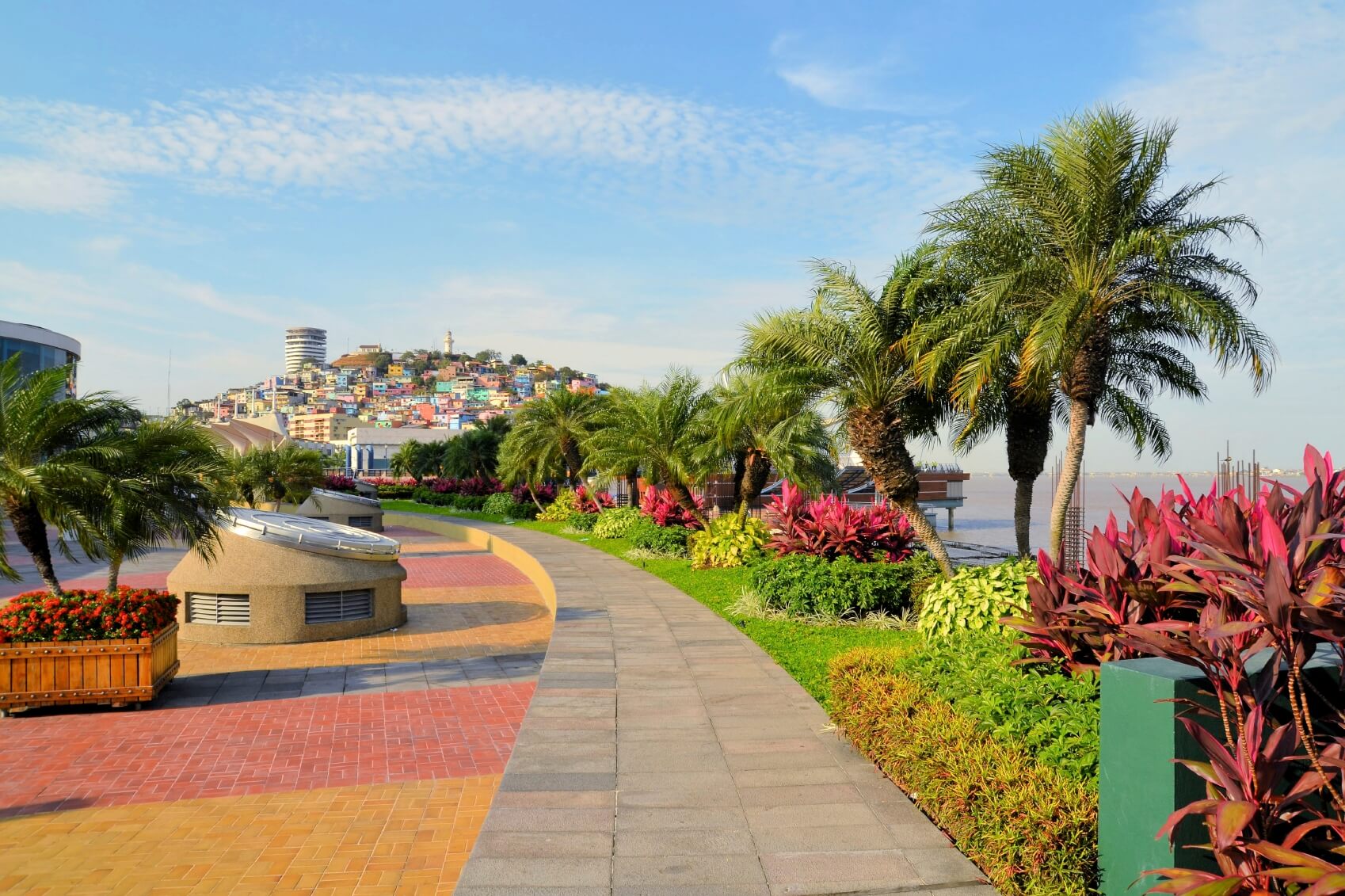Shopping centers can be a big drain on the environment, but they don’t have to be if you follow EPA guidelines for sustainable shopping centers. Shopping centers of the future are being constructed and planned with sustainability in mind, otherwise the world, as we know it, won’t survive. The EPA has created a list of guidelines to building and updating shopping centers for the betterment of communities, businesses and the environment at large. Go green and enjoy improved efficiency and profits with these 6 tips for creating sustainable shopping centers.
1. Build Green Infrastructure
Outdated shopping centers took nothing natural into consideration during the planning and building process. As a result older shopping centers hog resources and waste valuable assets. Green infrastructure changes all of that, offering ways to harness the power of the sun, wind and rain in ways that will save money, help the environment and give back to the local community.
In the past several decades the numbers of roofs and sidewalks have increased by 20%, this decreases the amount of rainwater that sinks down into the soil. This water is instead polluted with oil and other toxins before ending up in local streams, lakes and rivers. This doesn’t have to be the case with green infrastructure. (Reference)
Better placement of parking lots, buildings and landscaping all make such a difference in a shopping center’s efficiency. Outdated shopping centers are built in a way that creates a heat island, where the sun beats down on the asphalt all day and then at night the asphalt radiates this heat back up and out. This means the AC is going harder and longer, plus the concrete or asphalt is going to crack and need repairs. Building with Mother Nature in mind prevents these sorts of occurrences, saving you hassles and money now and in the future.
Green buildings see a decrease of 9% in overall operational costs.
2. Build Green Roofs
The latest trend in eco-friendly design is adding a green roof, literally. Putting grass and other vegetation on top of your roof will decrease energy consumption and increase insulation. The roof can serve as a community garden where everyone takes part in its growth and reaps the benefits for their work, or it can be privately maintained. A green roof will also catch a ton of rainwater that would otherwise end up in far less desirable locations, like polluted with oil and in a nearby stream. Millions of gallons of rainwater could be collected by one shopping center.
How Does Your Shopping Center Impact Local Wetlands, Streams, Or Other Waterways?
You might not have bodies of water in sight of your shopping center but that doesn’t mean your actions don’t directly impact the surrounding environment. It’s easy to isolate actions and assume what you are doing has no real impact on the planet but over time it always does. Carefully assess business actions to ensure you are not playing part in the degradation of local waters or other resources. Clean streams and lakes are good for a community, to keep yours thriving make sure you don’t negatively impact something your customers ultimately need to remain in the area and thrive. After all, that’s counterproductive to your number one goal: staying in business and earning more customers.
 3. Add Plenty Of Potted Plants
3. Add Plenty Of Potted Plants
Potted plants can work to capture rainwater, filter the air and create a serene beauty that has a real impact on customers and tenants. Plants naturally attract more people to a space; investing in nice landscaping elements will naturally increase popularity of a shopping center, thus paying for itself over time.
People generally have a number of options when it comes to local stores they can go to, if one shopping center trumps all others in community improvement and convenience it’s going to be the most popular in town. Not only do plants attract people but they also help clean up the environment.
Large planters offer the chance to put trees where it might otherwise not be possible. As a result you have instant access to shade, something that will reduce temperatures and improve aesthetics.
4. Check Your Performance Against Others In Your Industry
Tracking the exact performance of a retail shopping center is difficult for owners because the tenant is often behind how much energy is used. Also, all buildings and businesses have different energy performance ratings, so how do you know if you’re doing really good or using up more energy than stores twice your size? Check out industry numbers here: http://www.eia.gov/consumption/commercial/data/2012/
If your building is eating energy at an alarming rate compared to industry averages you know you need to (and can) do something about it. If you have an ‘it is what it is’ attitude in regards to your energy bill you could be wasting a lot of money.
5. Don’t Forget Your Green Customer Parking!
As a result of going green everyone in town that cares about the environment is going to be showing up at your center. This crowd of eco-friendly people likely has a couple of electric cars so don’t forget to offer charging stations! You can also promote hybrids with special up front parking for green-friendly vehicles.
6. Go With Materials That Last Forever
Purchasing planters, light posts and other shopping center accents can be a tricky job. You need durable materials that can handle a lot of wear and tear, including acts of vandalism. It doesn’t matter what community you live in it is likely to happen at some point.
TerraCast Products create the most durable shopping center accessories on the market, including planters, LED lighting fixtures, benches and more. Our products never rust, rot, or stain, not even from graffiti. When your products last year after year you save money and you help save the environment by decreasing waste. You can feel even better about your purchase knowing we are LEED Green certified.

